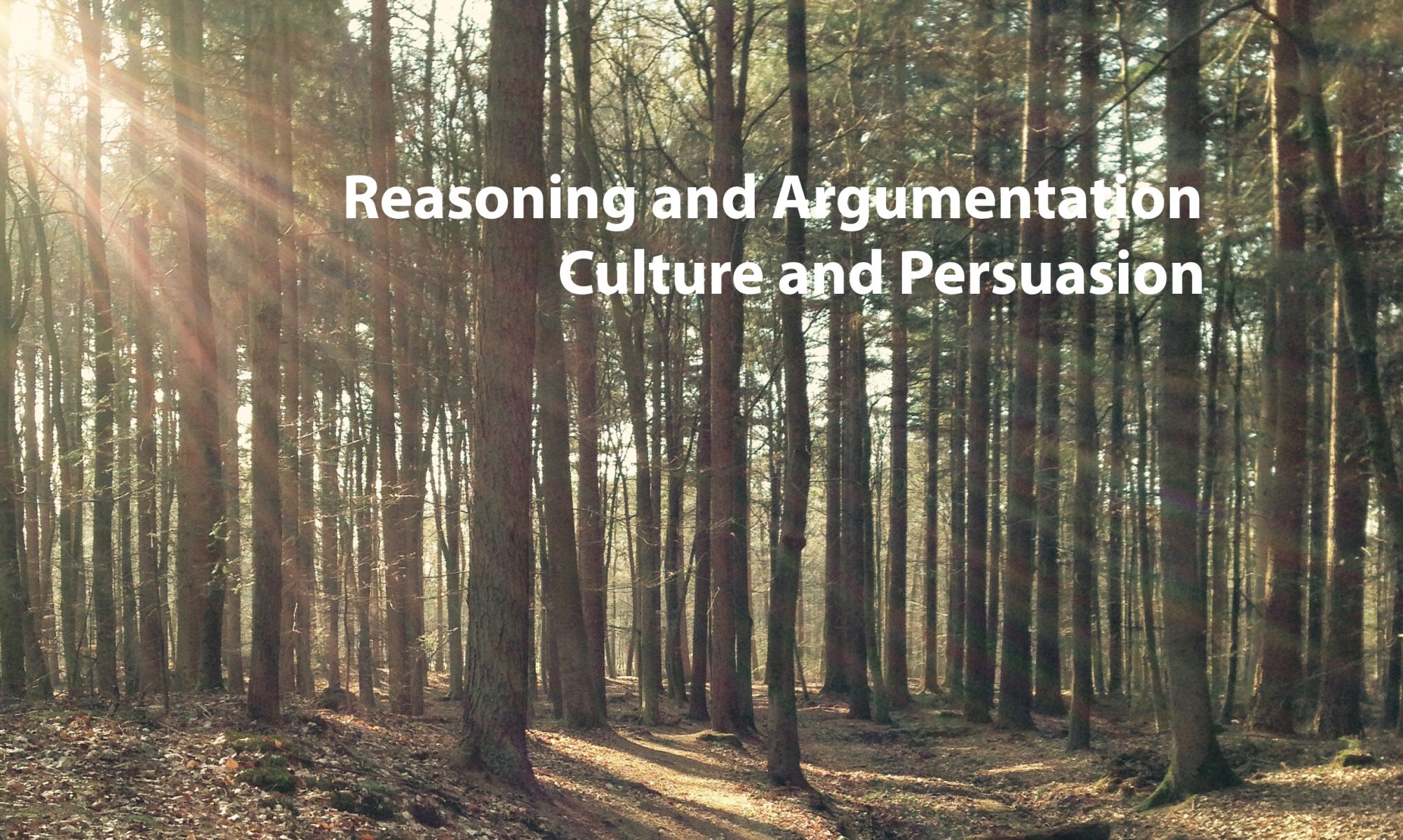 We encounter persuasive messages everywhere at every moment of the day: in the newspaper in the morning, on television during lunch, at a business meeting in the afternoon, or around the dinner table with our families. Not only are we targets of other people’s attempts to persuade us, we also try to persuade other people. Being familiar with persuasion, however, does not make us experts in the art of persuasion already. There is much to learn about the process of influence, about the messages that are most likely to be effective, and about the factors that we should pay attention to. Persuasive messages: The process of influence introduces its readers to these matters. The authors of this textbook, William and Pamela Benoit, call it “a guide to successful persuasion” (xii). The authors want to offer their readers practical advice on designing persuasive messages. They have succeeded in their mission, in particular because their advice is firmly grounded in classic and current theories, and in empirical research findings.
We encounter persuasive messages everywhere at every moment of the day: in the newspaper in the morning, on television during lunch, at a business meeting in the afternoon, or around the dinner table with our families. Not only are we targets of other people’s attempts to persuade us, we also try to persuade other people. Being familiar with persuasion, however, does not make us experts in the art of persuasion already. There is much to learn about the process of influence, about the messages that are most likely to be effective, and about the factors that we should pay attention to. Persuasive messages: The process of influence introduces its readers to these matters. The authors of this textbook, William and Pamela Benoit, call it “a guide to successful persuasion” (xii). The authors want to offer their readers practical advice on designing persuasive messages. They have succeeded in their mission, in particular because their advice is firmly grounded in classic and current theories, and in empirical research findings.
- Hornikx, J. (2008). Review of “Persuasive messages: The process of influence” by William Benoit and Pamela Benoit. Information Design Journal, 16 (2), 159-161. [pdf]
